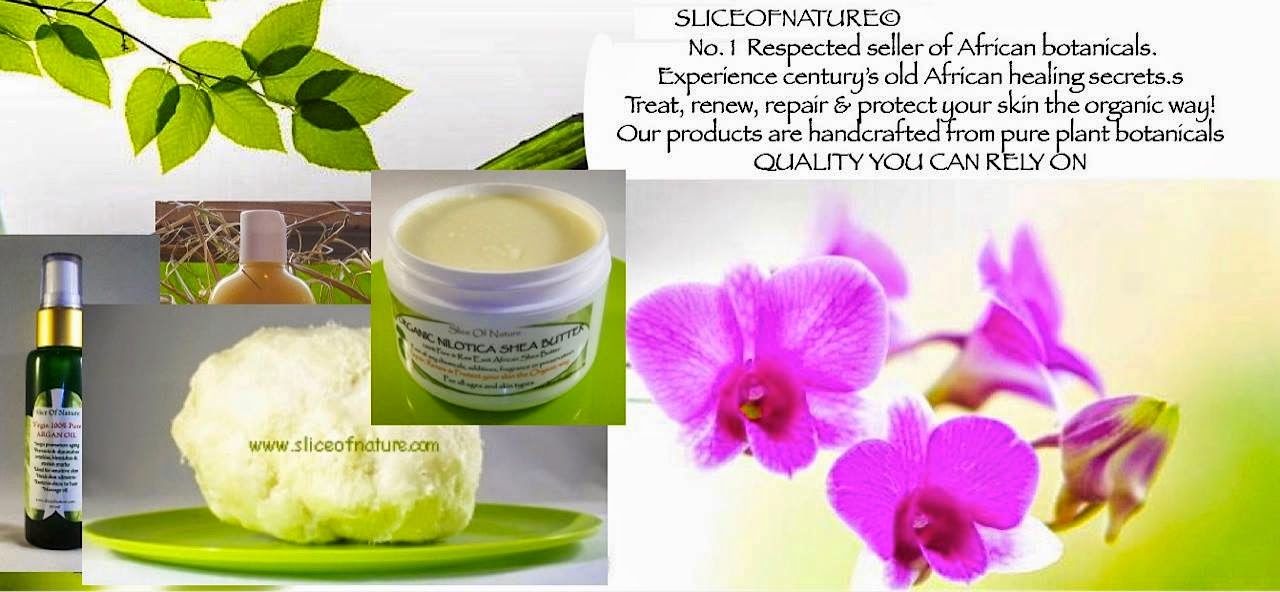Tamanu oil, also known as Foraha oil, is a product of the Tamanu tree (Calophyllum Inophyllum) which is native to the islands of Tahiti and Madagascar
Tamanu oil is a remarkable topical healing agent with scar healing, antibiotic, antioxidant, anti-neuralgic, anti-inflammatory and antimicrobial properties. Due to its anti-oxidant, antimicrobial and anti-bacterial quality, it provides a solution to many skin problems from aging, blemishes, acne, shingles, eczema, herpes, rosacea to rashes with no side effects as it is 100% raw and organic. Applied to wounds, cuts, burns, insect bites and stings, it accelerates healing by promoting formation of new tissue and growth of blemish-free healthy skin. It is known to improve skin appearance by reducing visible scars, improving skin elasticity, firmness and smoothness hence works well on scars and stretch marks. Its anti-inflammatory and analgesic qualities helps rid the body of pain extremely fast and is hence beneficial in cases of neuralgia, sciatica, shingles, rheumatism, sprains, pulled muscles and ligament damage.
Tamanu oil is easily absorbed by the skin, it is non greasy and will not clog your pores. It can be used directly on the skin or diluted with a carrier oil. Its pleasant aroma and silky texture makes it ideal for use in creams, lotions, ointments, and other cosmetic products. SliceofNature stocks Tamanu oil from Madagascar

